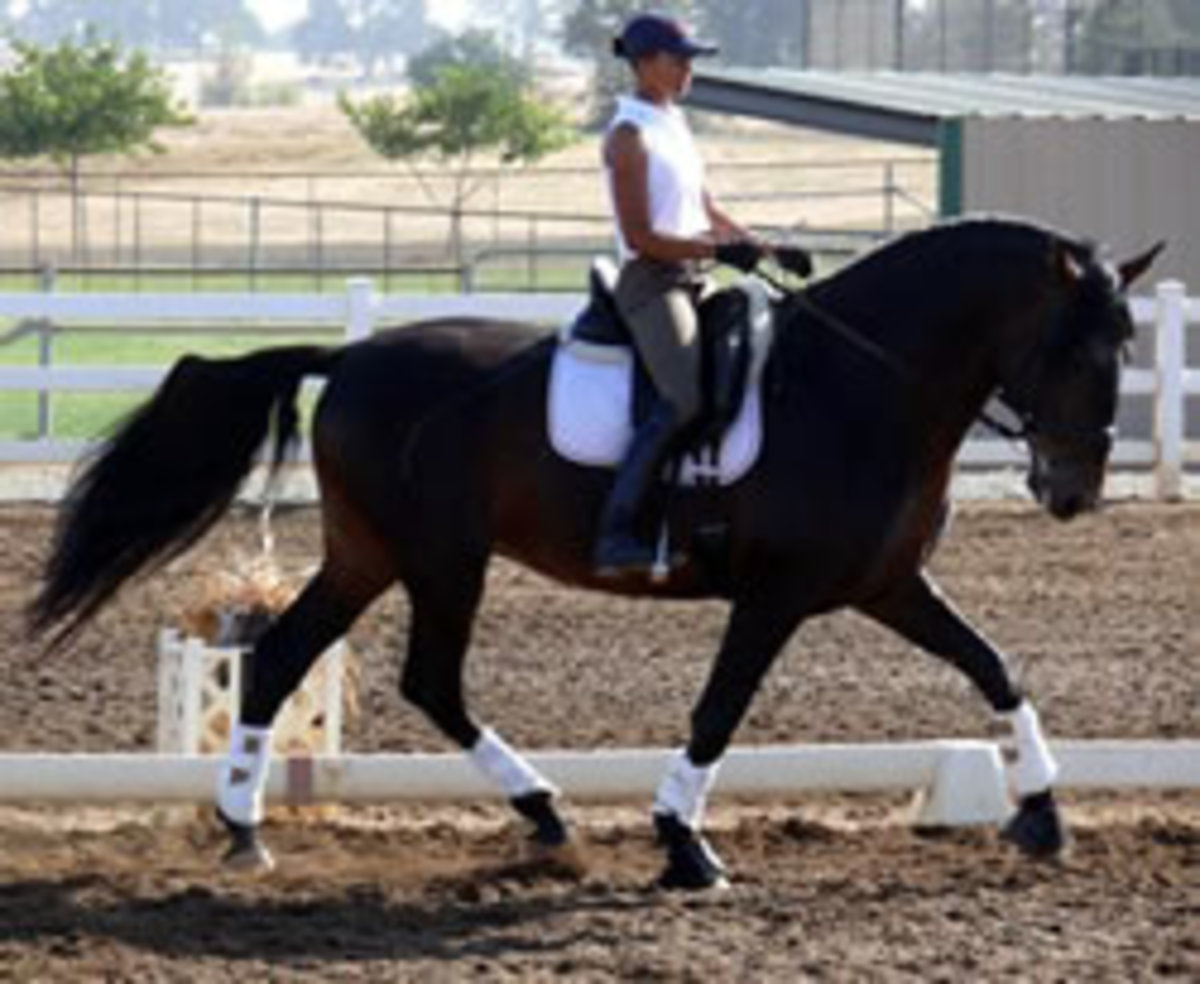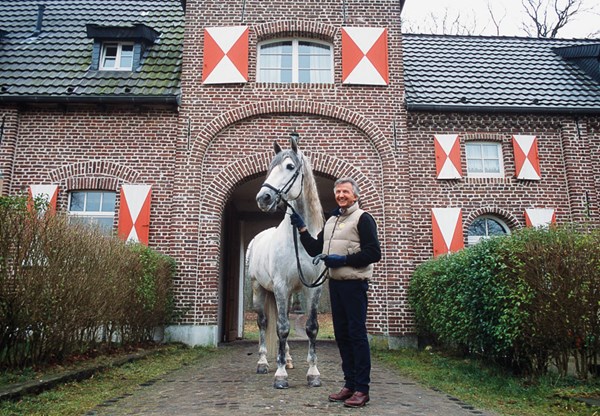
When, as a youngster, you take your first riding lesson, the future of what you’re getting yourself into is not something that enters into your mind. I know it never entered mine. You picture horses, shows, ribbons and endless trail rides. What you don’t picture is how all this fabulousness will be paid for. Since I began riding, I’ve met all kinds of different people from different walks of life and different financial situations. The binding glue that holds all of us together as a community is the simple love of horses. No matter what discipline you ride in, what breed you own or how you came to be in this world, there are the two inescapable realities of the equine: crazy love and crazy bills.
I began riding at the age of 15. There were no horse people in my family and I was city raised. But somewhere in my genetics (my great grandfather raised Saddlebreds), this dangerously addictive sport crept into my DNA. I was actually raised in the world of dance, theater and athletics–ballet classes at the age of 3, drama classes at 8 and running track at 12. Also in my background was a whole lot of business. My mother and father–both teachers, dancers, musicians and promoters–went after any goal with hard work and an excellent attitude. They started my sister and I working at their non-profit arts organization when we were 8 and 9 and writing business plans when we were in our teens. Working at whatever they were working at, we did it all as a family, our mini company. Little did I know that, among all of this, learning how to write a business plan would become the best skill for my future in riding.
I’m a Taurus, and a year of the Dragon to boot, so if you check out the zodiacs, you will know that I’m as tenacious as a pit bull with a sock. When I grabbed onto riding (or it grabbed onto me, I’m still not sure about that), I was not letting go. Friends came and went through circumstances, financial restrictions, boys, horses going lame or being sold, family disasters and job changes. Much like a business weathering changes in the market or financial and social trends, I kept going. It became clear to me that life, riding and a good business plan are one in the same.
A good business plan is based on the ability to define. What is your product, what is your market, who are you, where are you going, how are you going to get there and when you get there how are you going to stay there? Define. Riding is really no different. Re-read those questions and then apply them to everything from starting a stable to a canter depart.
A good business person is based on the ability to change. You can make all of the plans in the world and then a few things shift and it’s all scrapped. No matter how things fall apart, it’s your ability to adapt that makes you successful, and again riding is really no different. Start the canter depart, and have your horse take off bucking just once and the truth of these words will hit you like a train. Start up a stable and at the last minute have your clients decide to go somewhere else, the shavings not show up, the barn flood or a storm of locusts devour this year’s hay crop. What to do? Adapt.
So what was a girl to do at 19 with no horse and very limited finances? Plan and adapt. I got to work writing out my goals on paper. This, I decided, was no different than any other business, and I needed a plan. I began by writing down all of my experience in and out of the barn, my show record, teaching experience, working student positions, grooming–really anything I considered to be an asset to my future plans. Then I made a list of the things I could do well. Was I a good organizer, a super motivator? I listed all the things I would put in a business plan as plusses for a board member. I had learned from my parents that hard work and a willing attitude could get you further than you could imagine.
Then I dug deep. What were my goals, short term, midterm and long term? I knew how important it was to define these in a company to help things remain organized and focused. I made a list of my goals financially, personally and professionally. I asked myself some questions along the way. I still have the original list. Some of it cracks me up; most of it keeps me working hard. My favorite question was: Would I take a lesson from me? I followed this with my dream list of whom I would like to work for and with.
Next came the hardest part: reconcile and rectify. I took the two pieces of paper, one containing my experience and the other my goals, put them side-by-side and shut my eyes. When I opened them what I saw was a Grand Canyon right down the middle. The experience listed was not on par with my goals and certainly not with the people I had listed to work with or for. It was time for a third piece of paper. Spreading the first two papers apart, I placed a third sheet between them and began to list what I needed to do to get from A to B. What experience did I lack and how was I going to get it? Work, it seemed, and a whole lot of it.
I took any job I could, including mucking, breeding, weeding, feeding, teaching and grooming (horses and dogs–have you ever blow dried a poodle?). And that’s not all. The list continues–collecting ovulation urine from kicking, squealing broodmares into a bucket; sleeping in barns, trucks and trailers; babysitting; managing the show office; working in the barn office; scribing at many shows (actually my favorite) and cleaning so much tack that I still don’t have all the Lederbalsam out from under my fingernails. You name it, I did it. Slowly, the picture came together for me as I established a solid base of skills, knocking point after point off of my “needed experience” column until I was doing the things on my goal list, riding with and for the people I had dreamed of.
Along the way, I learned a few absolutes. Always get a contract. You have two ears and one mouth. When learning, keep one shut and the other two open. Only work for people who match and understand your goals. Work is the best way to learn. Integrity beats all. Clear muddy waters immediately and most important of all: It’s never “no”–it’s only “no, for now.”
It’s getting time again for me to write yet another plan for myself. There have been so many changes and new experiences, but I think I can say, for now at least, the best feeling is that I would like to “take a lesson from me.”











